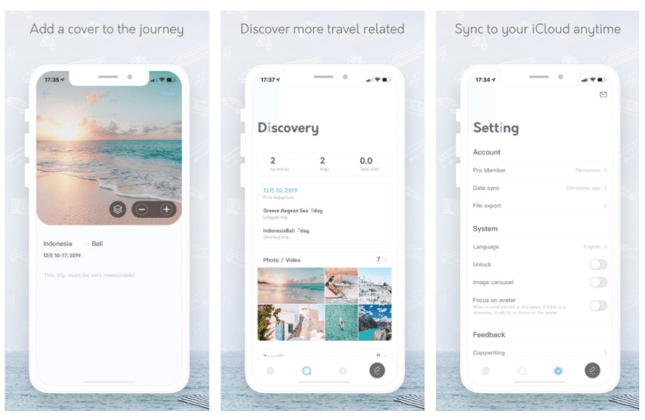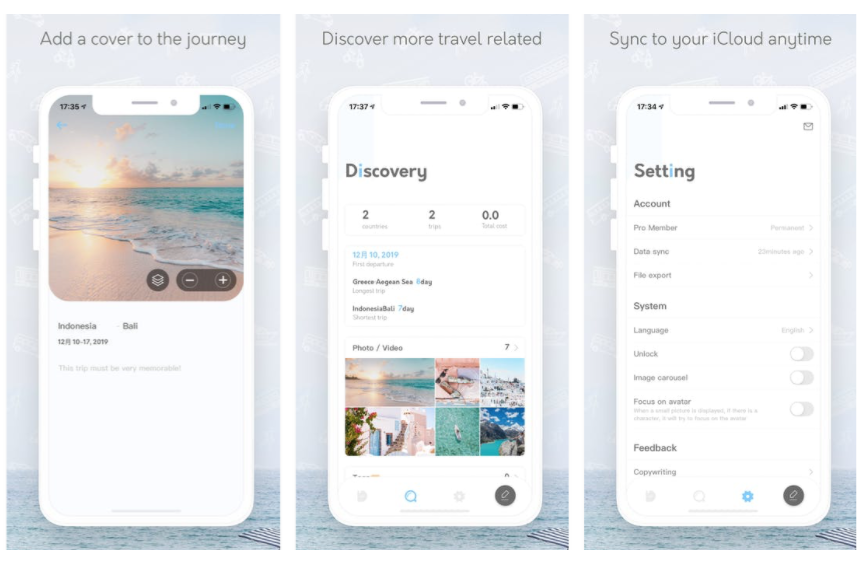nlopchantamang.com
The Modern Human Rewilding Movement
Shân Osborn

Source: Subreddit Stats
The Signal: Interest in all things nature-based is surging, from foraging to camping gear. “Human rewilding” is driving the sharp uptick in popularity. The concept stems from the larger rewilding conservation movement.
You’re not alone if the idea conjures up thoughts of anarchist hippies. It’s sometimes associated with anarcho-primitivism (AKA a primeval way of life). But human rewilding is not a cohesive or defined movement, it’s more of a hodgepodge of beliefs.
The modern interpretation assumes that we don’t have to give up our lives to be closer to nature. Rewilding enthusiasts range from remote off-grid home fans (we covered these last October) to Silicon Valley software engineers looking for new hiking trails.
The Big Picture: The overarching message of human rewilding is reconnection with nature to realize your full potential. Bolstered by the pandemic, outdoor travel has never been stronger.
- Traffic to top-ranked campground search app The Dyrt reached a 7-year high in May, with a 400k MoM visitor increase.
- European RV rental platform PaulCamper saw 100% growth in bookings YoY this summer.
- Cabana, a travel-tech startup, closed a $3.5m seed round in May.
Combine this with rising awareness of the environmental and mental issues associated with modern society, and the increasing popularity of the experience economy -- and you have a market ripe with opportunity. Areas poised for growth:
Rewilding Experiences: Historically, these were limited to joining in on donation-based hippie-led community events or doing weekend “survival training.” But there’s way more to this.
There’s demand for tamer, more innovative -- and, dare we say, more enjoyable options. Trendster Codie Sanchez recently shared a story in our Facebook group about fellow member Kate Hancock, who is making impressive returns renting out dirt to campers.
Kate purchased a couple of acres of land near Joshua Tree and rents it out as is, netting $1.5k/mo off a $10k investment.
There’s also demand to build experience-centric businesses around each of these 2020 Pinterest rewilding trends receiving growing interest:
- Bushcraft camping (+1,069%): Invest in some of the land for sale around National Parks and cash in on rewilding enthusiasts living out their camping dreams
- Lake fishing trips (+274%): Rent out quiet acres of woodland or rustic homes surrounding areas like the Great Lakes
- Rockhounding (+185%): Purchase land around geological formations where campers can go digging for geodes and gems
You could also rework old products needed for these experiences. A prime example is the Crua XTENt, a multifunctional temperature-controlled tent with adjustable height. It reached its Kickstarter fundraising target in just 75 minutes, and went on to raise $250k more.
Reimagining Travel Tech: Entrepreneurs are now developing apps that simplify and enrich outdoor experiences.
- Recently launched Travel Diary is a platform to creatively document your adventures from just $0.49/week.
- CampTarget is a road-trip mapping tool that allows for discovery and sharing of new sights and campgrounds. The subscription version (for $12.50/mo) even has a handy budget tool that plans your trip to match specific pocket and time constraints.

Products in the space will become increasingly modern as younger tech-savvy generations turn to outdoor activities and staycations. You could develop planning and sharing apps for niche travel needs.
One sure-to-be-hit niche: Traveling with pets can be notoriously stressful -- your tool could do the groundwork for the 37% of dog owners (some 23m American households) who say they won’t go on vacation sans Fido.
Outdoor Gear Becomes Everyday Wear: “Hiking fashion” on Pinterest is up 194% this year. #HikingBoots alone has 285k+ Instagram tags.
Last year luxury outdoor fashion brands Moncler and Canada Goose experienced double-digit sales growth compared with 2018. But can $1.3k fleece jackets and calfskin-trimmed backpacks compete with the sustainability focus of rewilding?
A global survey suggests 61% of consumers would be less willing to buy a company’s product if it had poor environmental practices. The circular fashion economy aims to help with this, and 96%+ of senior retail executives polled want to advance their company’s circular fashion efforts. You could help outdoor apparel brands to do so by:
- Jumping on recently developed 3D digital sampling methods to significantly reduce fabric waste
- Developing or introducing software to increase retailer visibility on returns, enabling diversion to resale or recycling -- a recent example is Optoro
- Leveraging blockchain technology to store supply chain history and establish sustainable recycling
- Developing and implementing an after-sales garment repair service to ensure long-term use of brands’ products


Leave a Comment